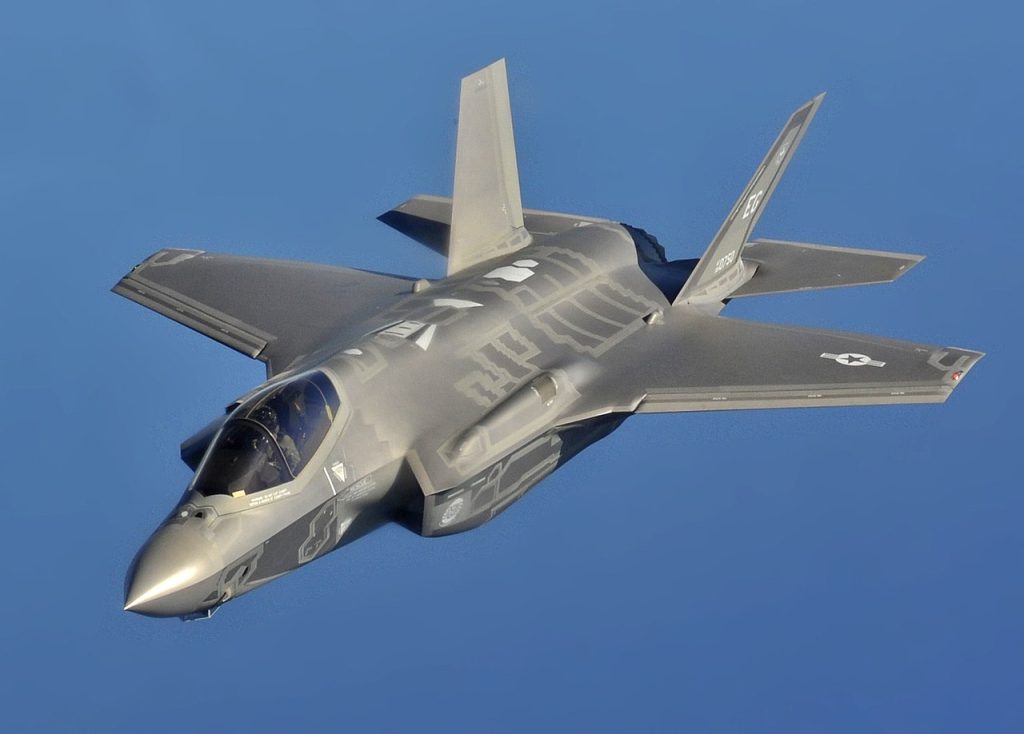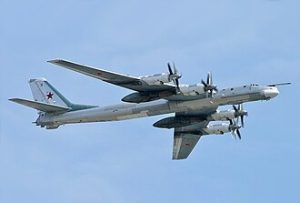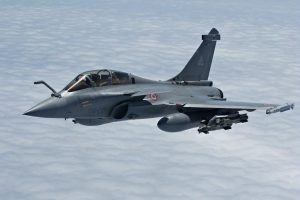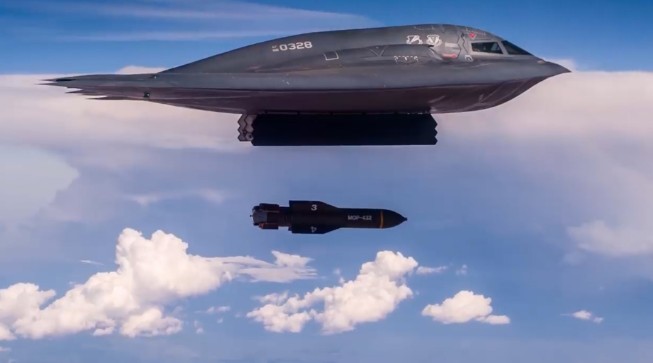Strong nations are willing to invest more in nuke-capable military aircrafts, aka kites, not only to show military strength but also to dissuades potential threats in geopolitically vulnerable areas. However, these extremely high cost bombers have very limited utility.
Several military aircrafts around the world are specifically designed or modified to carry nuclear warheads. These aircrafts serve as a crucial leg of the nuclear triad, which also includes land-based missiles and submarine-launched ballistic missiles. The ability to deliver nuclear weapons via air platforms offers flexibility, rapid deployment, and visible deterrence, making such aircraft central to the defence doctrines of major nuclear powers.
One of the most well-known nuclear-capable aircraft is the United States’ B-52 Stratofortress, a long-range bomber developed during the Cold War. It is capable of carrying both “gravity bombs” and cruise missiles armed with nuclear warheads. Despite its age, the B-52 remains in active service due to continuous upgrades and its massive payload capacity. Alongside the B-52, the B-2 Spirit stealth bomber is another US aircraft capable of penetrating sophisticated air defense systems to deliver nuclear ordnance.
The stealth design of B-2 Spirit allows it to operate deep within enemy territory with minimal detection risk. The B-1B Lancer, while currently not assigned nuclear missions under US policy, retains the physical capacity to be nuclear-capable and could be modified accordingly.

The United Kingdom no longer maintains a fleet of nuclear-capable aircraft. Since the late 1990s, it has relied solely on its submarine-based nuclear deterrent. However, during the Cold War, the Royal Air Force operated aircraft such as the Avro Vulcan for nuclear missions. The UK government in recent weeks decided to buy at least 12 new fighter jets that can carry nuclear bombs, the prime minister has announced. Sir Keir Starmer said at the Nato summit in The Hague that the new US-made F-35A jets would join Nato’s airborne nuclear mission.
“We will procure at least 12 and we will make these aircraft able to bear nuclear weapons if necessary,” said the prime minister, adding the procurement was in “response to a growing nuclear threat”.
Downing Street says the move is “the biggest strengthening of the UK’s nuclear posture in a generation”.
The new F-35A jets can still carry conventional weapons, but have the option of being equipped with US-made nuclear bombs.
China is believed to have several aircraft capable of carrying nuclear weapons, though details remain less transparent. The H-6 bomber, a Chinese version of the Soviet Tu-16, has reportedly been modified to deliver nuclear cruise missiles. China is also developing the H-20, a stealth bomber that is expected to be nuclear-capable, forming a new pillar of its long-range strategic aviation.

Russia, maintaining a vast nuclear arsenal, deploys aircraft such as the Tupolev Tu-95 Bear and Tu-160 Blackjack. The Tu-95 is a turboprop strategic bomber that can carry cruise missiles equipped with nuclear warheads, and it remains a symbol of Russia’s long-range strike capabilities. The Tu-160, often described as the largest and fastest supersonic bomber in service, is capable of delivering nuclear payloads at intercontinental ranges.
France, an independent nuclear power, employs the Dassault Rafale, a multirole fighter capable of delivering air-launched nuclear missiles, specifically the ASMP-A (Air-Sol Moyenne Portée-Amélioré). These aircraft are deployed both from land bases and aircraft carriers, providing France with strategic reach and flexibility.
India maintains a dual-capable force, with aircraft like the Mirage 2000 and Su-30MKI capable of delivering gravity bombs or modified missiles with nuclear warheads. These aircraft extend India’s deterrence reach in its regional security calculus, particularly in relation to Pakistan and China.
Pakistan, too, is believed to have modified aircraft such as the F-16 and Ra’ad-equipped Mirage III to be nuclear-capable. These platforms offer air-launched nuclear capability as part of Pakistan’s full-spectrum deterrence policy.

Other nations with nuclear ambitions or latent capabilities may possess aircraft that are technically capable of carrying nuclear weapons, though such roles may not be officially declared or verified. For instance, Israel is widely believed to have nuclear-capable aircraft, most likely F-15s or F-16s, though it maintains a policy of deliberate ambiguity.
Experts say that nuclear-capable aircraft remain a vital element in global nuclear strategy. They serve not only as delivery systems but also as political tools of deterrence, signalling, and strategic posturing. As technology evolves and geopolitical tensions persist, these aircraft continue to play a key role in maintaining the balance– or imbalance– of power in the nuclear age.


